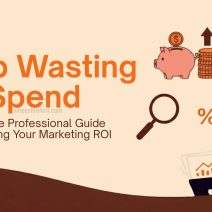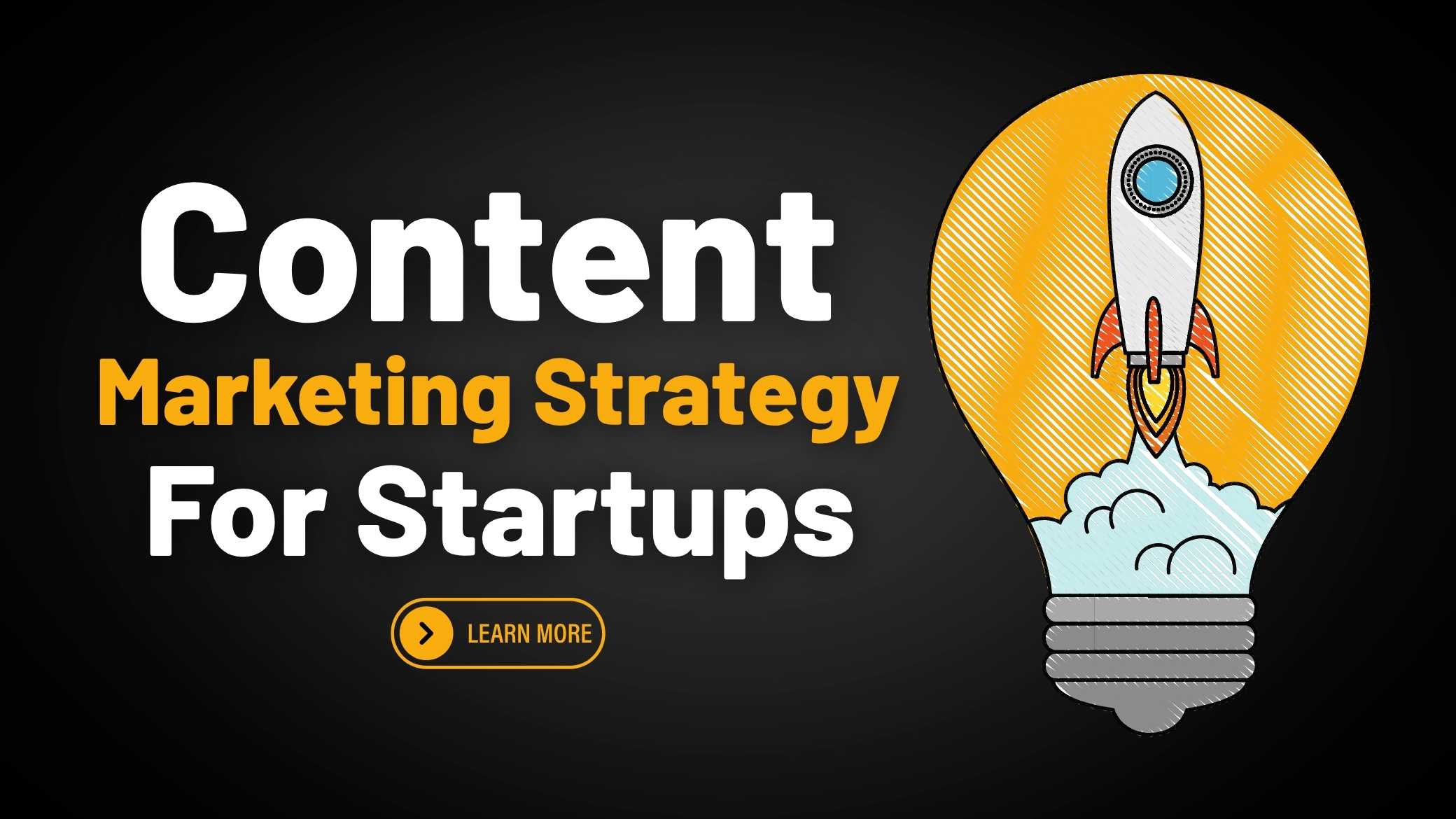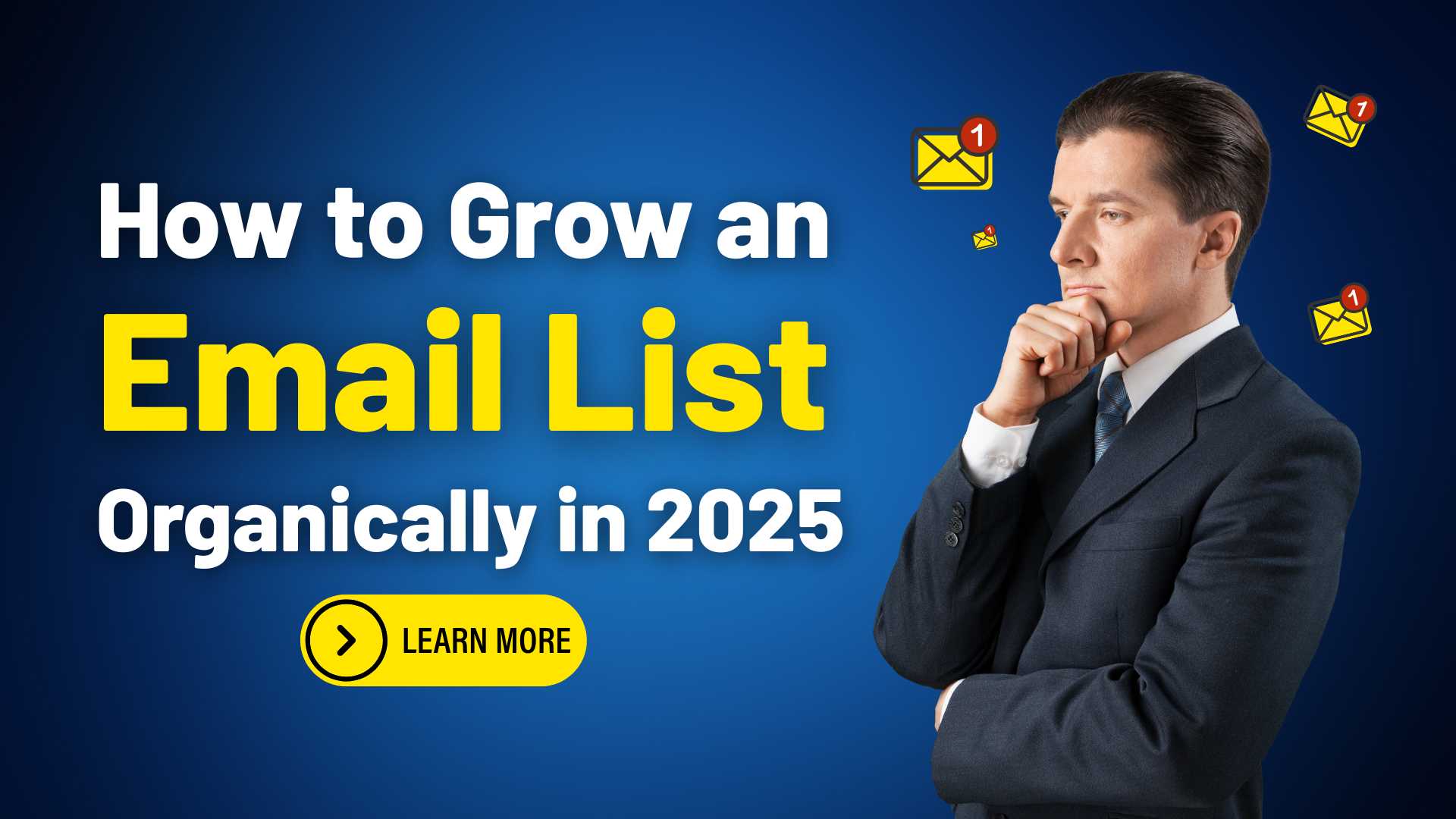Content Marketing Strategy for Startups : In the digital-first business environment of 2025, content marketing has become one of the most powerful tools for startups to establish their brand presence, attract and convert prospects, and drive long-term growth. Unlike traditional marketing that relies heavily on paid promotion, content marketing builds authority, trust, and organic traffic through valuable and relevant content.
Table of Contents
For startups with limited budgets and resources, a well-structured content marketing strategy can be a game-changer. This comprehensive guide breaks down every essential component of a successful content marketing strategy for startups in 2025.
Understanding the Importance of Content Marketing for Startups

Content marketing involves creating, publishing, and distributing content that educates, entertains, or inspires a targeted audience. For startups, it’s not just about blogging—it’s a holistic approach that includes videos, podcasts, webinars, whitepapers, social media posts, and more. The main goals are to:
- Build brand awareness
- Generate and nurture leads
- Improve customer engagement
- Establish thought leadership
- Drive organic traffic through SEO
- Increase conversions
According to HubSpot’s 2025 report, startups that prioritize content marketing generate 3 times more leads per dollar spent compared to those that don’t.
Step 1: Define Your Content Marketing Goals
Start with SMART goals—Specific, Measurable, Achievable, Relevant, and Time-bound. Common content marketing goals for startups include:
- Increase website traffic by 50% in 6 months
- Generate 100 qualified leads per month
- Rank on the first page of G for 10 target keywords
- Build an email subscriber list of 10,000 within the first year
Also Read : How to Go Viral with Short-Form Content in 2025
Align these goals with your overall business objectives to ensure your strategy contributes directly to growth.
Step 2: Identify and Understand Your Target Audience
Understanding your audience is foundational to content marketing. Create detailed buyer personas by gathering insights about your ideal customers. Include:
- Demographics: age, gender, income, location
- Psychographics: interests, values, lifestyle
- Pain points: challenges they face
- Goals: what they aim to achieve
- Behavior: where they spend time online
Use tools like G Analytics, Hotjar, surveys, and social listening platforms to collect data. For B2B startups, include firmographics such as company size, industry, and job roles.
Step 3: Conduct a Content Audit and Competitor Analysis
If you already have content, perform an audit to evaluate what’s working and what’s not. Look at metrics such as page views, bounce rates, average time on page, and conversion rates.
Also, analyze competitors to identify content gaps and opportunities. Use tools like:
- SEMrush
- Ahrefs
- BuzzSumo
- Ubersuggest
Study your competitors’ top-performing content, backlink sources, and content formats to inform your strategy.
Step 4: Choose Your Content Types and Formats
Different content types serve different purposes across the buyer’s journey. In 2025, the most effective content types for startups include:
- Blog posts: Ideal for SEO and organic traffic
- Case studies: Showcase results and build trust
- Ebooks & whitepapers: Capture leads and demonstrate expertise
- Videos & reels: Drive engagement, especially on social media
- Webinars & live sessions: Educate and interact with your audience
- Podcasts: Build loyalty and brand presence
- Infographics: Explain complex data in an easy-to-digest format
Use a mix of content formats to engage different learning preferences and platforms.
Step 5: Build a Keyword-Driven SEO Strategy
Search Engine Optimization (SEO) remains a cornerstone of content marketing in 2025. SEO helps your content rank higher in search engine results, driving organic traffic without paid ads.
Steps to build your SEO strategy:
- Keyword research: Use tools like G Keyword Planner, Ahrefs, or SEMrush to find high-volume, low-competition keywords
- On-page SEO: Optimize meta titles, descriptions, headers, and images
- Internal linking: Boost SEO by linking to relevant pages within your site
- Mobile optimization: Ensure your site is mobile-friendly
- Core Web Vitals: Improve site speed, interactivity, and visual stability
Create pillar content and topic clusters to improve site structure and topical authority.
Step 6: Create a Content Calendar

Consistency is key. A content calendar helps plan, organize, and schedule content across platforms. Include:
- Content titles
- Target keywords
- Buyer persona
- Content format
- Distribution channels
- Publish dates
- Responsible team members
Use tools like Trello, Notion, or CoSchedule for collaboration and tracking.
Step 7: Develop a Strong Content Creation Process
Content creation should be streamlined and scalable. Build a team or hire freelancers who specialize in writing, design, video editing, and SEO.
Your content creation process should include:
- Brief creation: Outline the purpose, audience, and keywords
- Research and drafting: Use credible sources and original insights
- Editing and optimization: Check grammar, readability, and SEO
- Design and visuals: Add engaging images, charts, or videos
- Approval and publishing: Review before going live
Ensure every piece of content aligns with your brand voice and messaging.
Step 8: Promote Your Content Effectively
Creating great content is just half the battle; promotion is where the magic happens. Maximize reach with these distribution strategies:
- Email marketing: Send content to your subscriber list
- Social media marketing: Share on LinkedIn, Instagram, Facebook, Twitter, and TikTok
- Influencer marketing: Partner with micro-influencers in your niche
- Guest posting: Publish articles on reputable sites
- Communities & forums: Share value in Quora, Reddit, Slack, and niche groups
- Repurposing: Turn blog posts into videos, carousels, and podcasts
Use UTM tracking to measure which channels perform best.
Step 9: Use Content for Lead Generation and Nurturing
Turn your content into a lead generation engine. Offer gated content such as ebooks, templates, or webinars in exchange for emails.
Integrate lead magnets with email marketing tools like:
- Mailchimp
- ConvertKit
- ActiveCampaign
Create drip campaigns that nurture leads based on behavior and interest. For example:
- Welcome series
- Educational series
- Product-focused series
- Case study follow-ups
Personalization and segmentation can significantly improve open and conversion rates.
Step 10: Measure Performance and Optimize
Track KPIs to measure the effectiveness of your content strategy. Key performance indicators include:
- Website traffic
- Bounce rate
- Time on page
- Conversion rate
- Social shares
- Email open and click-through rates
Use G Analytics, HubSpot, and SEMrush to analyze performance. Regularly update and repurpose high-performing content and eliminate or improve underperforming content.
A/B test headlines, CTAs, and visuals to see what resonates best with your audience.
Step 11: Incorporate AI and Automation Tools
AI tools are revolutionizing content marketing in 2025. Use them to streamline processes, improve targeting, and enhance creativity.
Popular AI tools include:
- ChatGPT for content ideation and drafting
- Jasper.ai for AI writing assistance
- Grammarly for editing
- Surfer SEO for on-page optimization
- Lumen5 for video creation
- Hootsuite or Buffer for social media automation
Automate repetitive tasks and focus your team’s energy on high-value strategies.
Step 12: Build a Brand Through Storytelling and Authenticity
Content that connects emotionally performs better than generic, keyword-stuffed pieces. Share your startup story, team experiences, challenges, and customer journeys.
Focus on authenticity, transparency, and relatability to build a loyal community around your brand. Humanize your startup and encourage UGC (user-generated content) to foster engagement.
Step 13: Stay Updated with Trends and Evolve
The digital marketing landscape changes rapidly. Stay updated with trends such as:
- Voice search optimization
- Video-first strategies
- Interactive content (polls, quizzes)
- AI-generated personalization
- Sustainability-driven content
Adapt your strategy quarterly to ensure relevance and competitiveness.
Content Marketing Strategy for Startups – Conclusion :

A robust content marketing strategy is not a short-term tactic; it’s a long-term investment in brand equity and customer relationships. Startups that commit to consistent, high-quality content creation, optimization, and promotion are more likely to build authority and drive sustainable growth.
Buy Now : Ready Made Digital Store with 100 Digital Products
In 2025, content remains king, and startups who master this domain will have a distinct competitive edge.
Disclaimer : This guide is for educational purposes only. Results may vary based on industry, market conditions, and execution. Always customize strategies to align with your unique business model and goals.
Keywords : Content Marketing Strategy for Startups – Content Marketing Strategy for Startups 2025 – Content Marketing Strategy for Startups Guide








